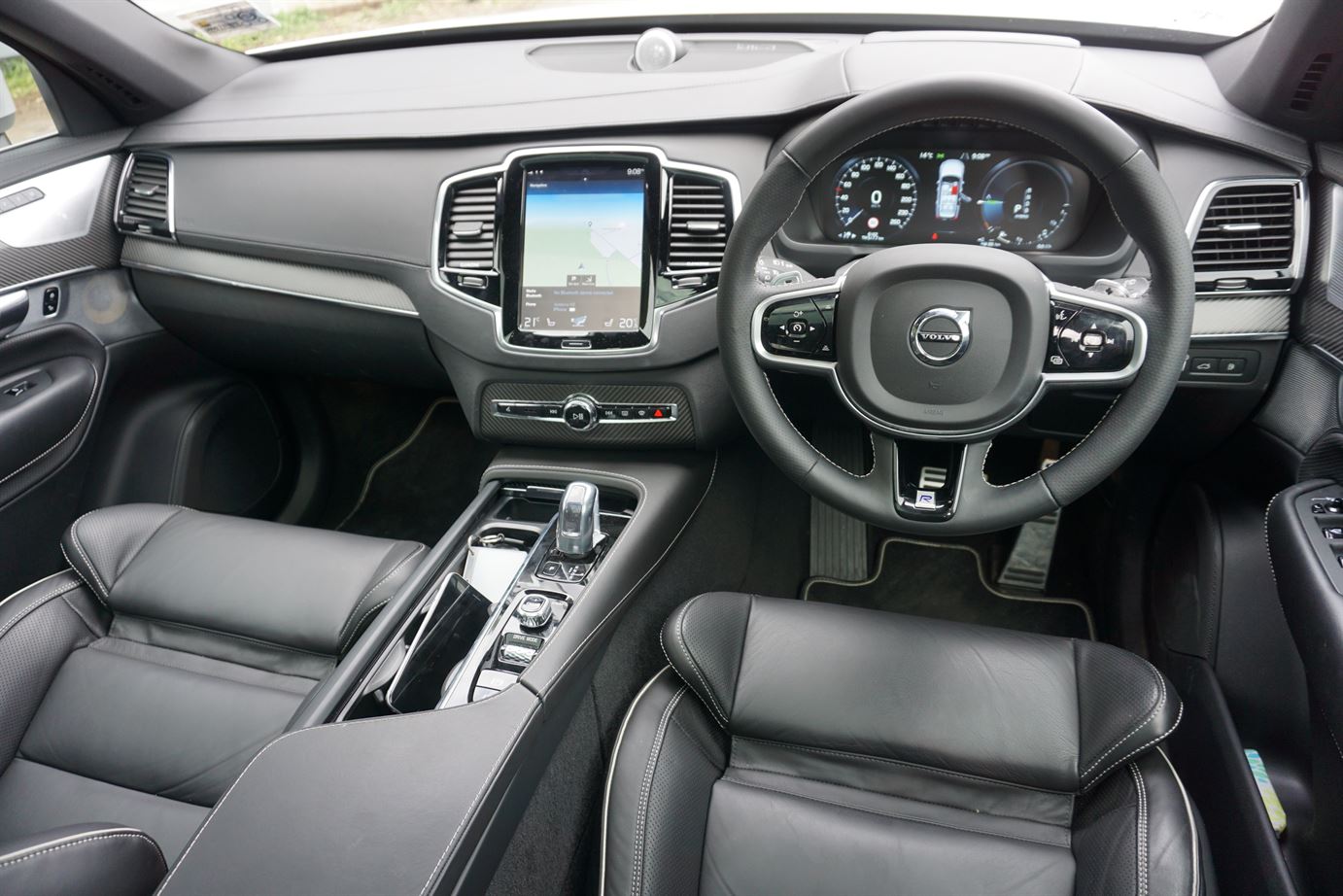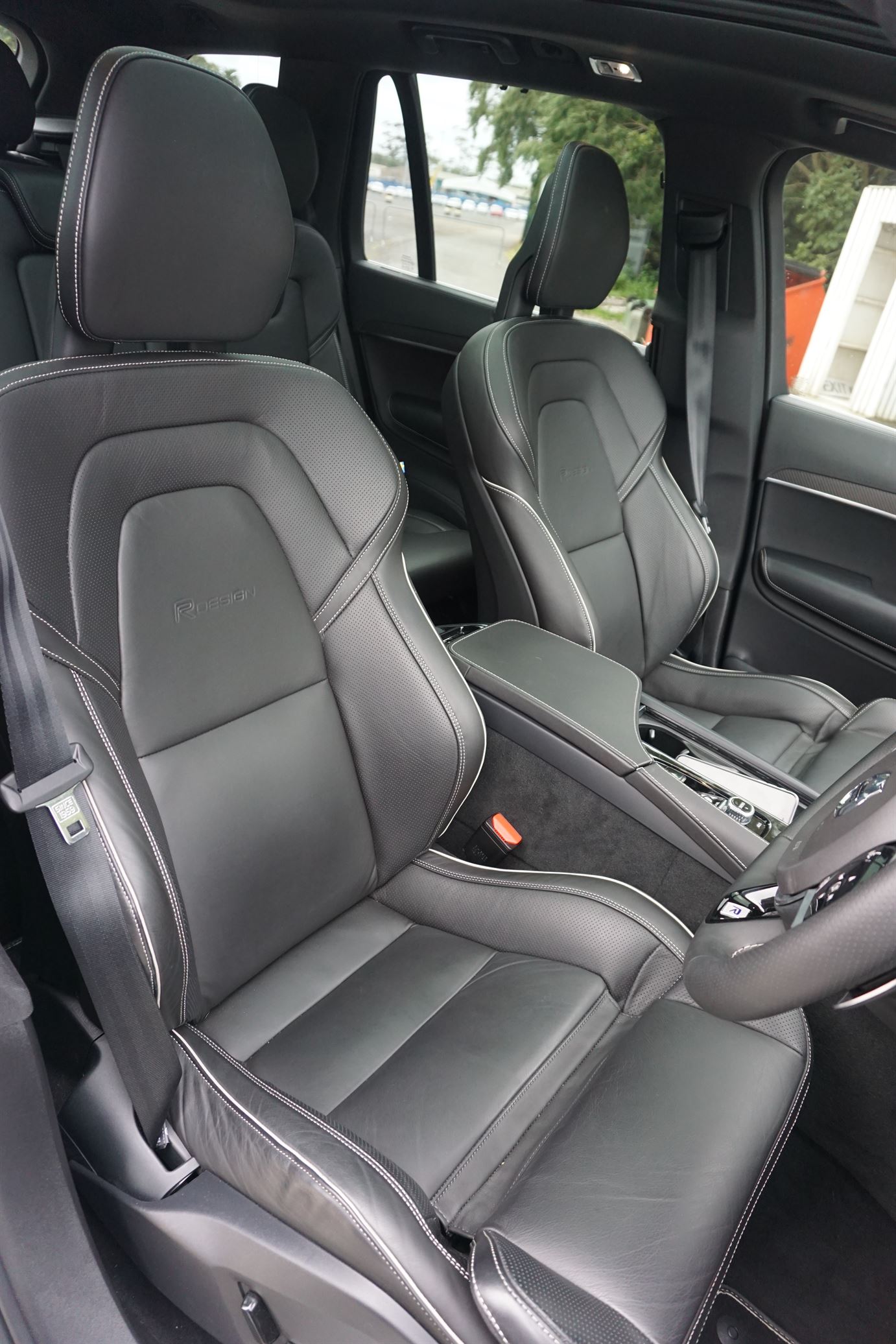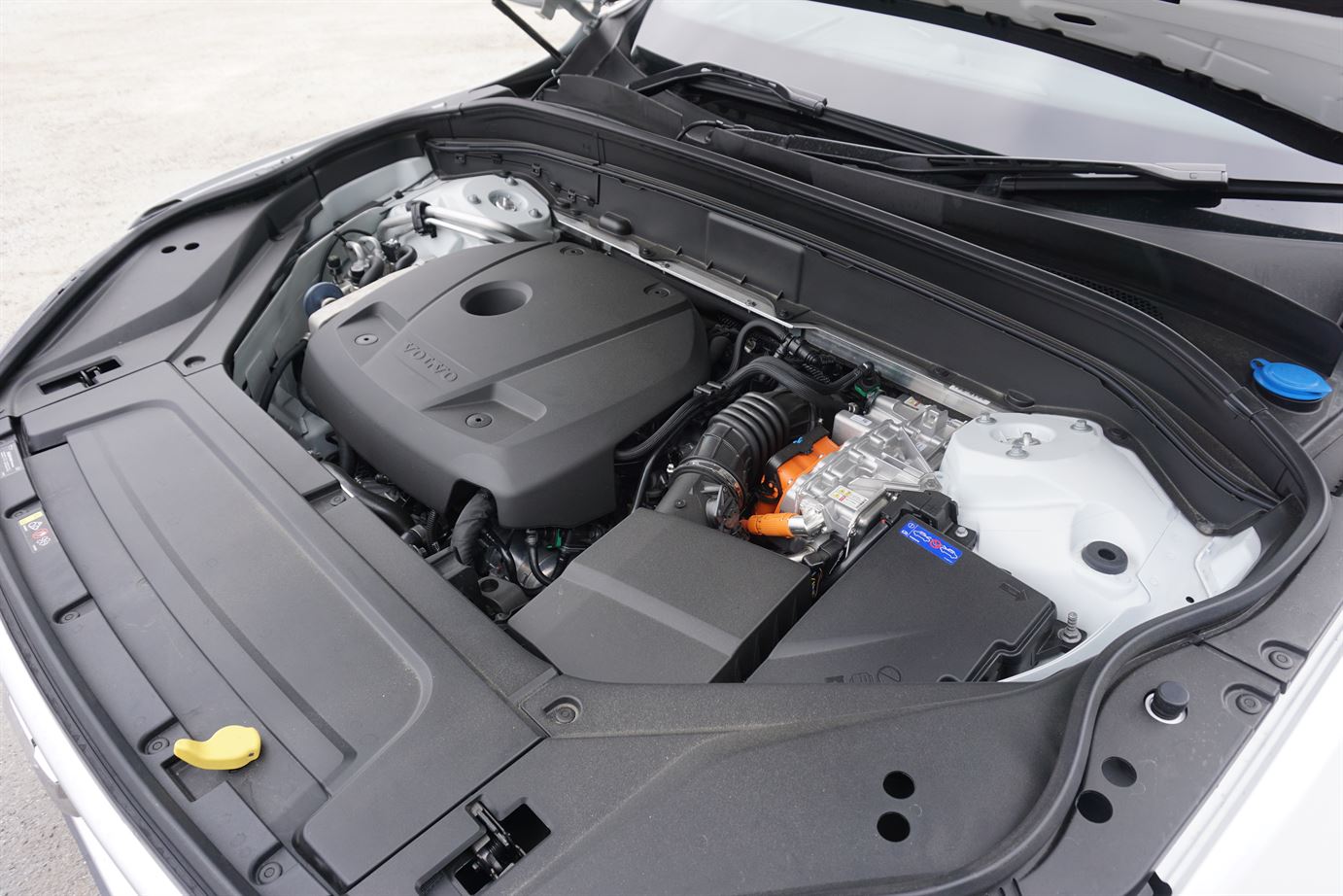Volvo XC90 T8 plug-in 2016 SUV review
How many different ways can you produce power for a vehicle? That is the question answered by the Volvo XC90 T8 plug-in.

How many different ways can you produce power for a vehicle? That is the question answered by the Volvo XC90 T8 plug-in.
Petrol engine, check, turbocharger, check, supercharger, check, hybrid, check, plugin - well, you can check that as well.
We reviewed the T8 as part of International Drive Electric Week. While a seven-seat performance-orientated SUV may not appear to be the most logical vehicle to tie into such an event, it is. As plug-in vehicles enter the market, those that still carry an electric engine dominate availability and sales. With vehicles such as luxury SUVs, the high-cost price goes some way to amortise the cost of the additional technology. We see these cars as a gateway drug leading to more dependence on the plug.
Inside and out
We reviewed the new XC90 last year and came away hugely impressed. The XC90 remains clearly capable of taking on similarly-sized German competitors such as the Audi Q7 — with a little Swedish flair.
It has seven seats, and adults do fit the third row if not tall; Miss Six was very impressed with the pop-up booster seat in the centre rear. The front seats are incredibly comfortable and supportive, as you would expect from Volvo. The third row of seats folds flat into the floor. With them up, don’t expect much luggage space.
I liked the very smart on/off rocker switch for the ignition which is found on the centre console just in front of the gear selector. Whether you like the Swedish-crystal gear selector is a matter of taste, and its action, clicking forward or back to shift through selections, is efficient, but takes a little getting used to.
Audio and climate controls - as well as key vehicle settings, are handled by an iPad-like screen mounted portrait-orientation in the dash. My only complaint being the very-clean and simply-designed system was that in direct light it is tricky to see. Apple CarPlay is included. Our review car also included the very expensive Bowers & Wilkins speaker upgrade. Sounds excellent, yes, but $4,900 is a lot of excellent!
There is also a small, separate touch screen in the rear to control climate control — a very impressive advancement. Climate control also extends to the third-row seats.
The Volvo design and engineering team wanted to make the new XC90 feel spacious and special, as well as meet the needs of a very discerning global audience, and they have succeeded.
On the road
As mentioned earlier the XC90 T8 has an inline four-cylinder 2-litre petrol engine which combines both a turbocharger and a supercharger to maximise power and efficiency.
Volvo Cars Group quotes 235kW of power at 5700rpm and 400Nm of torque at 2200rpm for the twin-charger engine, and it combines this with a 65kW electric motor which has 240Nm of torque on hand from zero to 3000rpm.
The upshot being that the T8 Twin Engine has a combined power and torque output of 300kW and 640Nm, respectively which contribute to a sprint from zero to 100km/h in 5.6 seconds. Not bad for a family car that weighs 2296kg as it stands, before loading occupants and luggage onboard.
Volvo Cars Group quotes fuel economy of 2.1L/100km in the combined cycle and C02 emissions of 49g/km. In pure EV mode, the Volvo claims XC90 T8 has a range of 43km which is more than enough for the average daily urban commute.
In reality, that distance is not achievable, with you more likely to see between 20-30km of gentle driving before the petrol engine kicks into life. To do so, you can choose between a number of drive modes - All Wheel Drive, Pure EV, Hybrid, Performance of Offroad. Select Pure EV and provided you keep power requested under the limit of a handy gauge on the LCD screen dash, and you will stay on battery charge.
The available distance may not sound huge, but it will get you a reasonable way around Auckland. We made it from the city to Albany and - almost - back driving gently with seven on board.
You are not going to do 2.1l/100km - unless your daily commute is very short. Expect more like 5-6-litres per 100km if you don’t call too much on performance, for daily use. Still respectable for a car of this size.
The joy of a relatively small battery is a relatively small charge time - just a few hours - so if you do lots of short trips and plug-in in-between, mostly-EV usage is possible.
The Volvo drives like a far smaller, lighter car than it is. Steering is very quick for a big bus, and the air-suspension system plush but firm. It can creak surprisingly if it decides it needs to lower you while brakes are on.
The hybrid system is relatively seamless, although I think Volvo still have some work to do smoothing-out changeovers and power applications. The engine can kick in with a thump — something we have not experienced with other hybrids, but then few hybrids are mustering so much power.
Got a boat? The Volvo will pull 2400kg braked.
This is a Volvo, so we won’t entirely go into the safety list but think airbags, an ANCAP five-star safety rating, and as many passive and active driver assistance features as you can handle.
Overall
Particularly in this R-Design level, the driver assistants become incredibly impressive. There are multiple autonomous braking functions, a lane-keeping aid, active cruise control, blind-spot warning and lane-keeping. The catalogue comes together for Pilot Assist, which will assist in semi-autonomously driving the car up to and beyond the legal limit. It is very impressive.
Note: this was reviewed as a new vehicle.
Image gallery
Also consider






